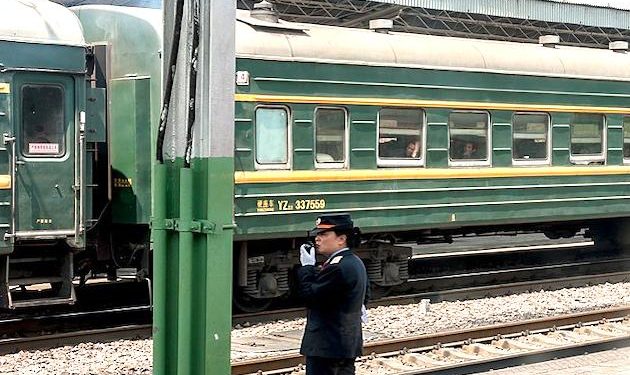- A railway connecting Laos and China will begin operations, though significantly adding to Laos’ debt burden
- The railway line, spanning 1,035 km and costing billions of dollars to build, will connect Vientiane in Laos to the Chinese city of Kunming
- The railway line will become functional in the first week of December, though solely for cargo services and not passengers, due to restrictions imposed by the COVID-19 pandemic
VIENTIANE, Laos: A railway connecting Laos and China will begin operations, though significantly adding to Laos’ debt burden.
The railway line, spanning 1,035 km and costing billions of dollars to build, will connect Vientiane in Laos to the Chinese city of Kunming, and is among several hundred foreign projects undertaken by China to increase trade through railway and port construction, in addition to other services throughout the Asian, African, and Pacific regions.
The railway line will become functional in the first week of December, though solely for cargo services and not passengers, due to restrictions imposed by the COVID-19 pandemic.
Impoverished nations have hailed Chinese assistance, though the next problem for Laos will be repayment of loans taken from China’s government banks for implementing the projects. Several borrowing parties have lamented over the Beijing-developed projects being exorbitant and leading to over-indebtness.
The China-Laos railway is viewed as being a connecting route for a likely network in the coming years to link China with Vietnam, Singapore, Myanmar, Thailand and Malaysia, thereby offering greater export market and port accessibility to China.
Officials in Laos are optimistic that the railway would address its economic isolation by connecting to China, as well as reaching north to European markets. However, foreign analysts opined that apart from functioning as a conduit for China’s trade, ambiguity looms large over the extent to which the Laotian nation would benefit, while the costs are seemingly steep.
“(The railway line would) generate very positive economic returns (for China and perhaps other nations, though it is tougher to see) exactly what the economic benefits are going to be (for Laos),” according to Scott Morris from the Center for Global Development, as quoted by CNN.
Morris pointed out that the railway line, with only 21 Laotian stations, was created for catering to China’s requirements for swiftly reaching foreign ports. He added that a railway line to cover largely rural Laotian areas will necessitate building additional stations for better farm-to-market connections.






